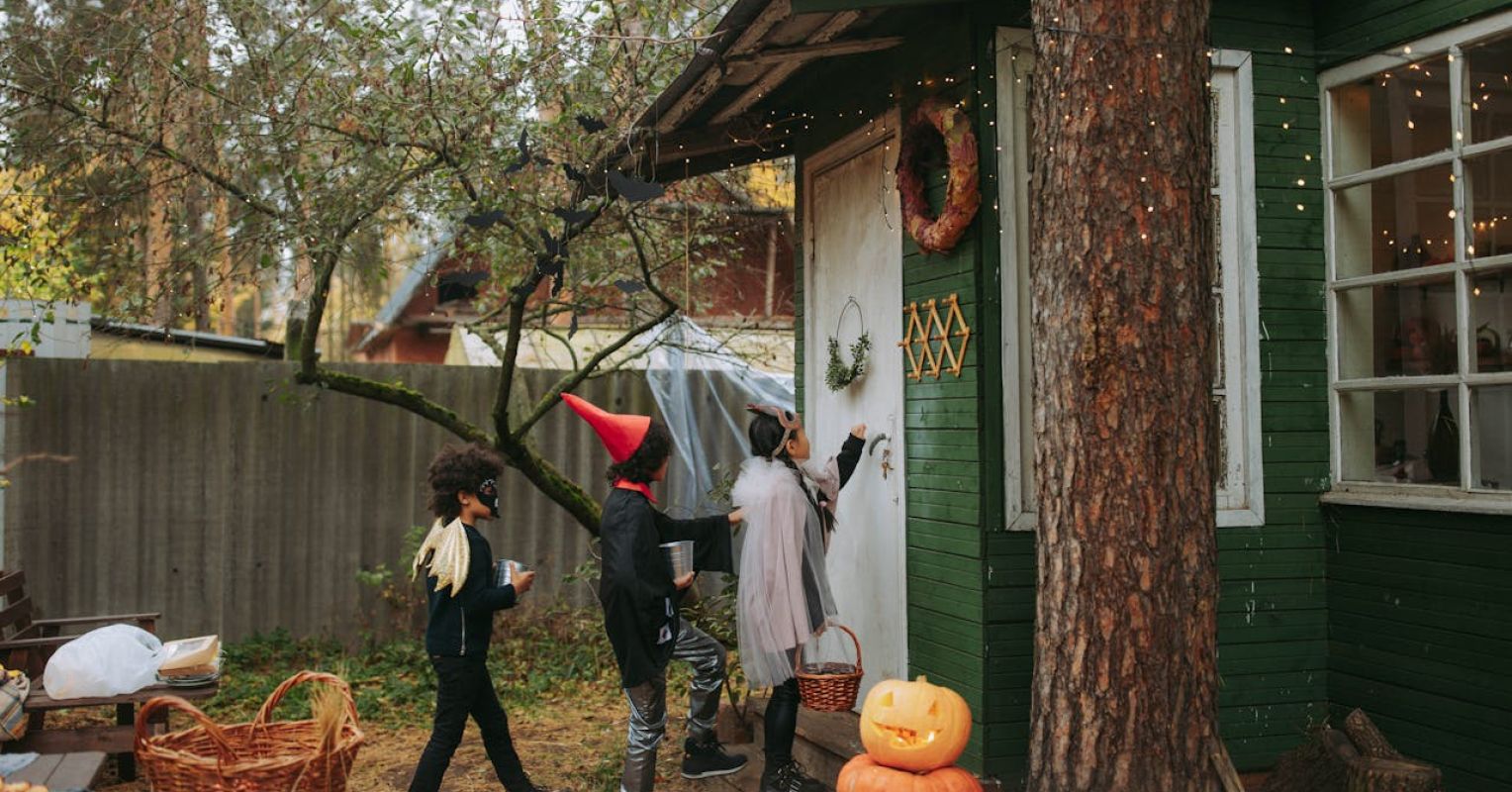
"October invites us to play with fear. We tour haunted houses, watch jump-scare movies, and swap ghost stories for fun. But for too many Black and other marginalized youth, "spooky season" doesn't end when the credits roll. The tricks that linger after Halloween (like someone dressing up in "Blackface" or appropriating your culture, microaggressions in the hallway, exclusion at lunch, racial jokes in a group chat) aren't pretend. They're real stressors with real effects on mood, sleep, motivation, and learning."
"As a clinician, mentor, and aunt/big cousin, I've heard dozens of versions of the same story: a student steels themselves through the day, gets blindsided by a comment that stings, swallows the feeling to "keep the peace," then unravels at home. Although my son is too young to have reported these experiences yet, the good news is that what helps with horror movies helps in real life, too: don't go in alone, know your exits, and carry the right tools."
Seasonal Halloween celebrations can coincide with racialized microaggressions, cultural appropriation, and exclusion that persist beyond festivities and produce real stress. Black and marginalized youth experience stereotypes, exclusion, and racial jokes at school and online, which tighten the chest, disrupt sleep, lower motivation, and impair learning. Students often suppress hurt to avoid conflict and then unspool later at home. A safety plan provides concrete, rehearsed steps: identify allies, plan exits, prepare coping strategies, and practice responses. Caregivers and educators can adapt a simple written plan for individual students to improve immediate coping and reduce long-term stress.
Read at Psychology Today
Unable to calculate read time
Collection
[
|
...
]